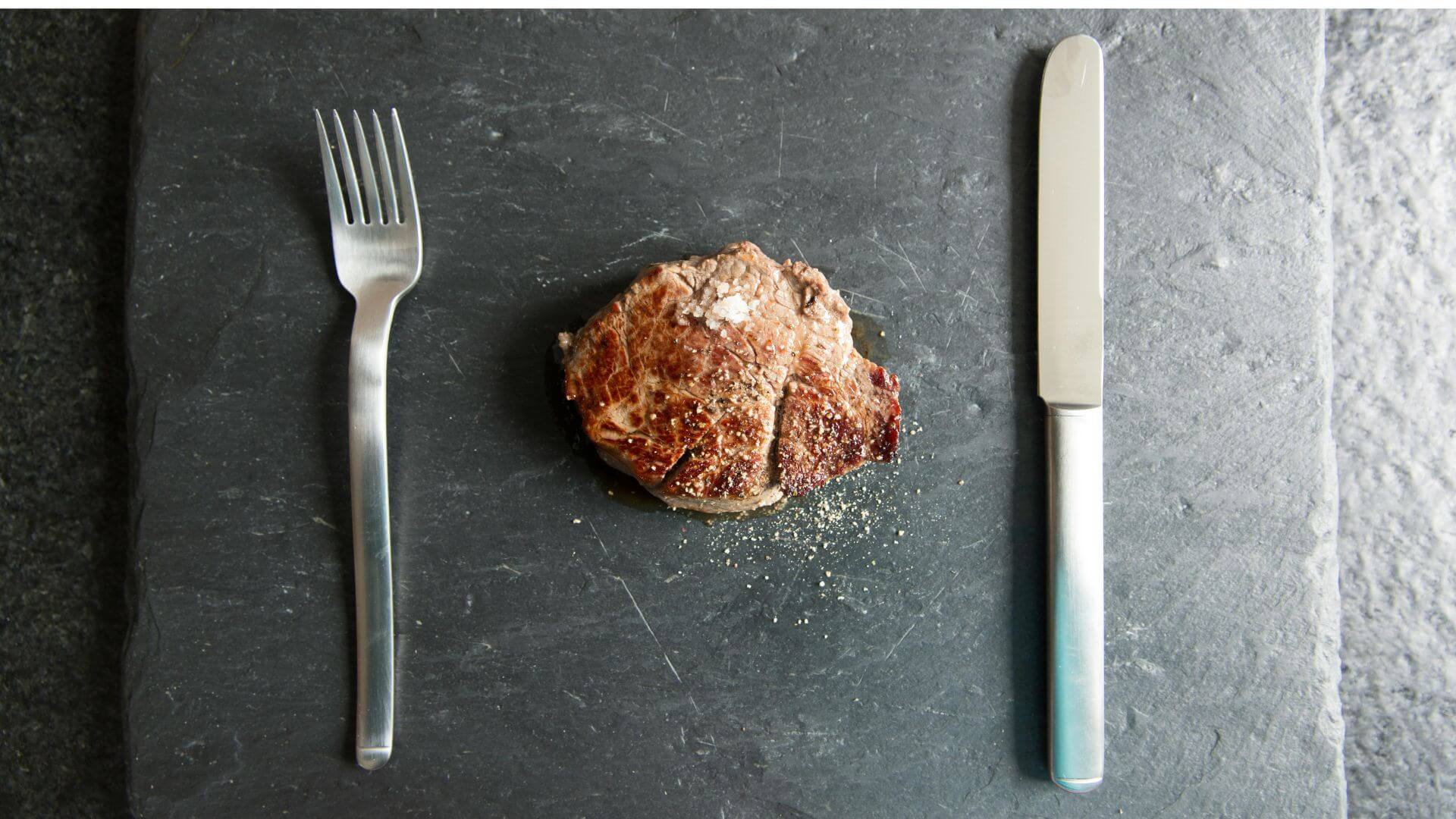
We use them daily without a second thought, but some of the most ordinary household items have surprisingly quirky or even grim backstories. From ancient inventions to accidental discoveries, these items weren’t always as convenient or cozy as they are now. In fact, a few were originally designed for something entirely different. Let’s take a closer look at how these everyday essentials came to be.
Plates: From Bread to Porcelain

Photo by R. Henrik Nilsson
Source: Wikimedia Commons
Long before porcelain or ceramic dinnerware existed, people ate meals directly off flat pieces of bread called “trenchers.” These edible plates soaked up sauces and juices, making cleanup easy and delicious. Over time, wooden and metal plates took over, evolving into the ceramic and glass dishes we use today. The rise of formal dining and industrial ceramics in the 18th century helped shape the standard dinner plate we know now.
Fork: A Tool Once Considered Scandalous

The fork may feel like the most basic utensil today, but it was once frowned upon in Europe. Introduced from the Middle East and Byzantium around the 10th century, it was seen as decadent and even blasphemous by some. People believed using a “metal claw” to eat instead of your God-given fingers was an insult. It took centuries—and royal influence—for forks to gain mainstream acceptance.
Toothbrush: A Boar Bristle Beginning

Source: Wikipedia
Toothbrushes as we know them began in China around the 15th century, made with boar hair bristles attached to bamboo or tiger bone handles. They didn’t hit Europe until much later, and even then, dental hygiene wasn’t exactly a trend. The modern nylon-bristle brush wasn’t developed until 1938, and from there, the daily brushing habit became widespread thanks to WWII-era hygiene campaigns.
Dishwasher: A Socialite’s Frustration Fix

Source: Wikipedia
Tired of her servants chipping her fine china, wealthy socialite Josephine Cochrane invented the first commercially successful dishwasher in the late 1800s. Her machine used water pressure instead of scrubbers, which was innovative for the time. It wasn’t until the 1950s and 60s that dishwashers became common in middle-class homes, largely thanks to postwar prosperity and suburban living.
Microwave Oven: A Sweet, Sticky Accident

Source: Wikimedia Commons
The microwave oven owes its existence to a melted candy bar. In the 1940s, Percy Spencer, an engineer working with radar technology, noticed a chocolate bar in his pocket had melted while near a magnetron. He experimented further, eventually leading to the first commercial microwave in 1946. Though it took a while to catch on, the microwave became a kitchen staple by the 1980s.
Chainsaw: Originally for Childbirth

Photo by Sabine Salfer
Source: Wikipedia
It’s hard to believe, but the chainsaw was invented in the 18th century to assist with childbirth. Yes, really. Before C-sections were common, a small, hand-cranked chainsaw was used to remove the pelvic bone during obstructed births. Thankfully, medical tools have evolved, and chainsaws eventually found a more appropriate home in the timber industry.
Thermos: A Scientific Solution Turned Household Staple

Photo by Erik Holmén
Source: Wikipedia
The thermos was originally designed in 1892 by Scottish scientist Sir James Dewar to keep gases at stable temperatures in lab experiments. Known as a vacuum flask, it wasn’t intended for your morning coffee. But when a German company saw its potential for daily use, it was rebranded and patented as the “Thermos”, and has been keeping drinks hot or cold ever since.
Treadmill: From Punishment to Fitness

Source: Wikipedia
Today’s treadmills may be gym staples, but their roots trace back to a far grimmer origin. The modern design evolved from 19th-century treadwheels, massive rotating devices used in British prisons to punish inmates through hours of relentless walking, often to power mills or simply to enforce labor. The devices were eventually banned for being excessively cruel. These days, treadmills have been rebranded as fitness equipment, though let’s be honest—they can still feel like punishment sometimes.
Pillow: From Stone to Softness

Source: Wikipedia
Ancient Mesopotamians used pillows carved from stone, not for comfort, but to keep insects out of their mouths while sleeping. In ancient China, pillows were made of materials like wood, ceramic, or jade, which were believed to have health benefits. Soft, cushy pillows didn’t become common until textiles and stuffing materials became affordable for the general population.
Disposable Tissue: A Wartime Invention with a Beauty Twist

Kleenex tissues were created initially as filters for gas masks during World War I. After the war, the surplus material was rebranded in the 1920s as a makeup remover alternative to cold cream cloths. Marketing soon shifted to promote it as a disposable handkerchief, and that’s how we got the modern facial tissue.
From Strange Beginnings to Everyday Staples

These surprising backstories of everyday household items show how invention often comes from necessity, frustration, or even total accident. As much as these items have evolved, their unexpected origins make them all the more fascinating. Next time you reach for a fork or toss a tissue, you’ll know there’s a lot more history in your hands than meets the eye.
